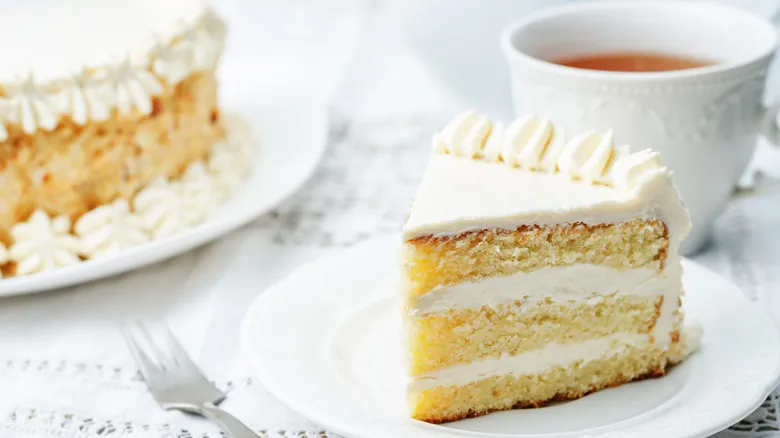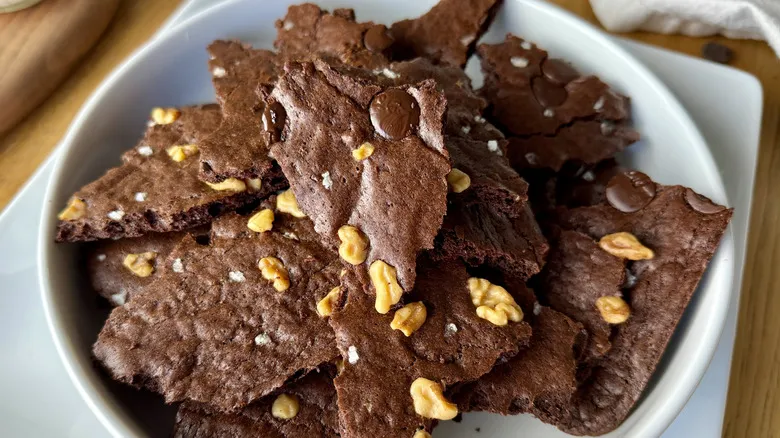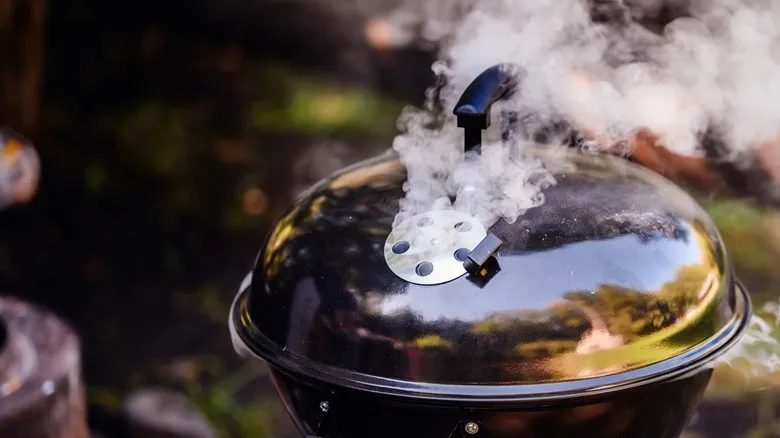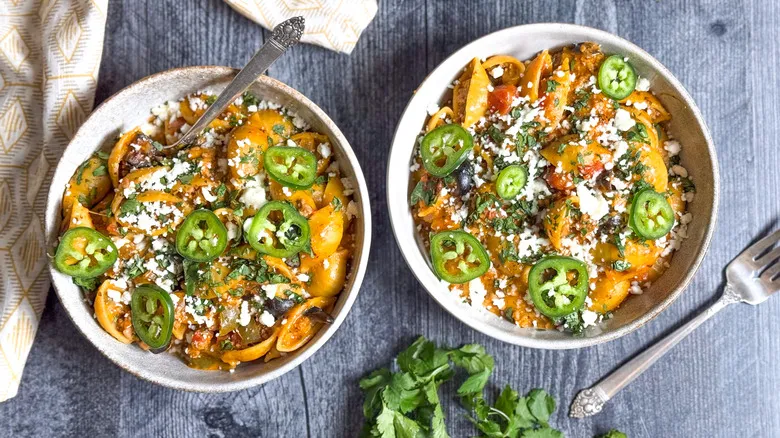What type of vanilla should you use in your cake batter?
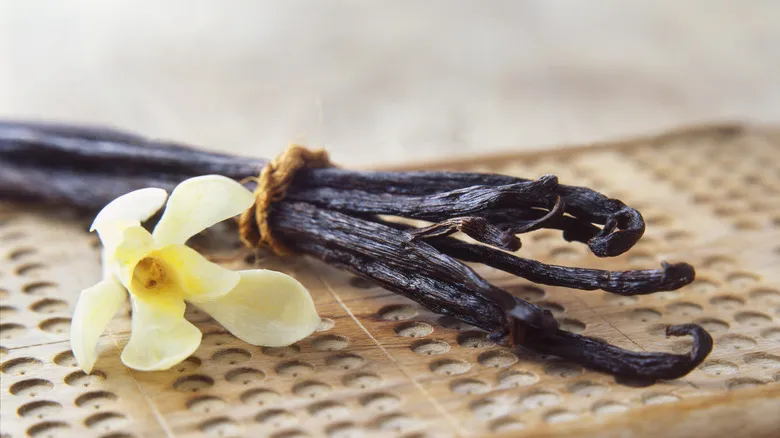
Vanilla comes from the flower of the vanilla orchid. After a labor-intensive process, the slender, brown vanilla pods are harvested from the flower, then cured and dried for preservation. Once prepared, they can be used in baking. The entire vanilla bean can be sliced open lengthwise to expose its seeds, which can be scraped out and incorporated directly into recipes.
Vanilla beans can also be transformed into a paste by blending the seeds with vanilla extract and sugar syrup, resulting in a rich vanilla flavor with added sweetness. Both the beans and the paste leave behind dark specks that enhance the intense vanilla taste. The paste is particularly suited for recipes that emphasize vanilla, especially those with a creamy texture, such as vanilla cheesecake or whipped cream. In contrast, vanilla extract is created by soaking vanilla beans in alcohol, yielding a liquid that lacks actual vanilla but offers a more subtle flavor.
All types of vanilla can be used in cake batter recipes, but if you desire a pronounced vanilla flavor, beans or paste are the ideal choices. Extract is better suited for recipes featuring multiple flavors, as it complements other ingredients well.
Which vanilla type is best for cake frosting?
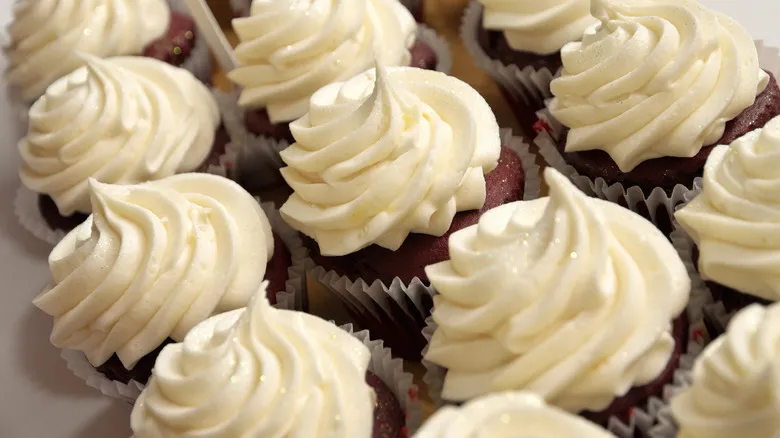
The rich consistency and appealing flavor of vanilla paste make it an excellent option for vanilla frosting, particularly when the frosting needs to hold its shape for decoration. While vanilla beans can also enhance frosting recipes, the paste offers a sweeter taste and requires less handling. Both options, however, will result in visible black specks. Therefore, if you're aiming for a pure white frosting—whether as the final product or as a base for vibrant colors—vanilla extract is the best choice, as it leaves no residue. Additionally, the liquid form of the extract is ideal for thinner icings. To maximize flavor, opt for pure vanilla extract instead of imitation varieties.
There are several reasons why one might keep various types of vanilla in their kitchen. Some bakers, for instance, may stick to extract for everyday use while reserving paste or beans for special occasions. Vanilla extract is generally the most affordable of the three, as it is mass-produced and has a long shelf life. In contrast, vanilla paste lasts about three years, while vanilla beans should be used within eight months.
Fortunately, these different types of vanilla can be easily interchanged. Half a vanilla bean pod is equivalent to one teaspoon of either paste or extract, and you can substitute paste for extract and vice versa using a 1-to-1 ratio.
Recommended
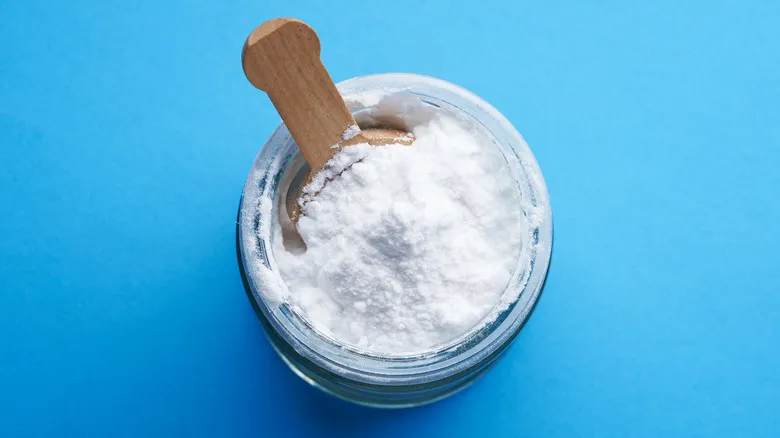
Why You Should Start Baking Your Baking Soda
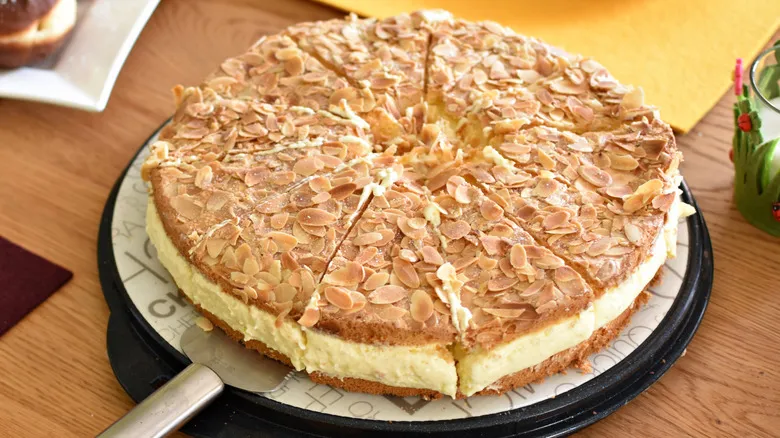
Bee Sting Cake Is The Perfect Way To Add A Something Sweet To Your Oktoberfest

Expert Tips For Bakery-Worthy Chocolate Cake
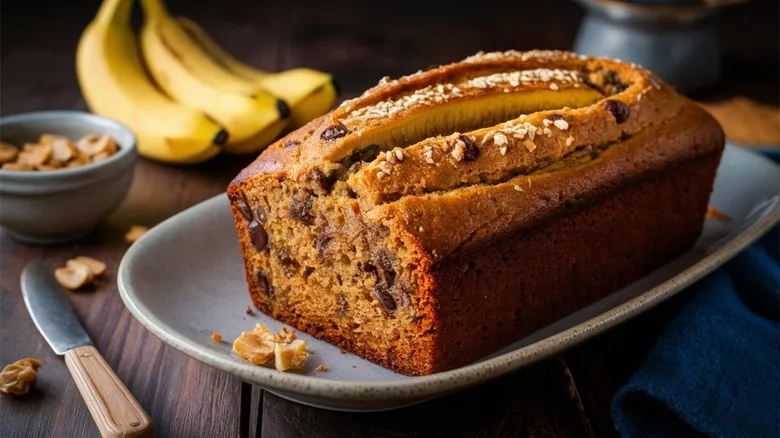
The Additional Fruit You Should Add To Improve The Flavor Of Banana Bread
Next up

